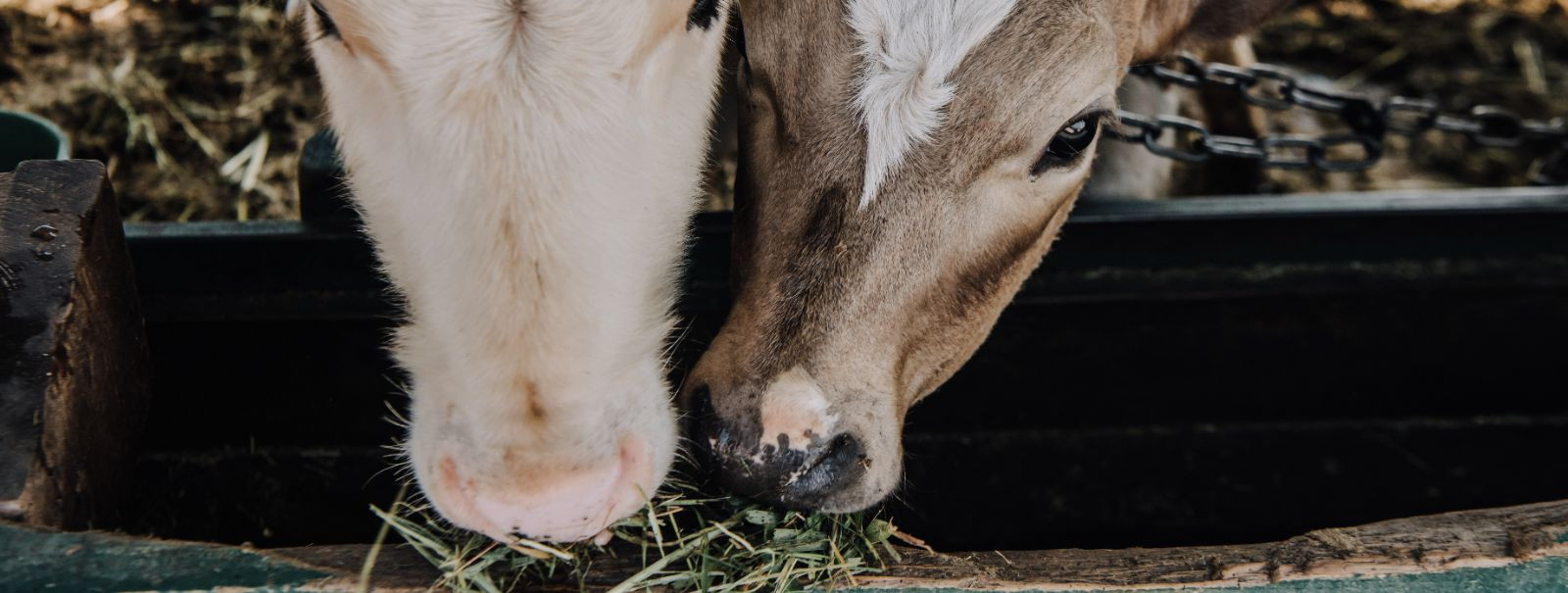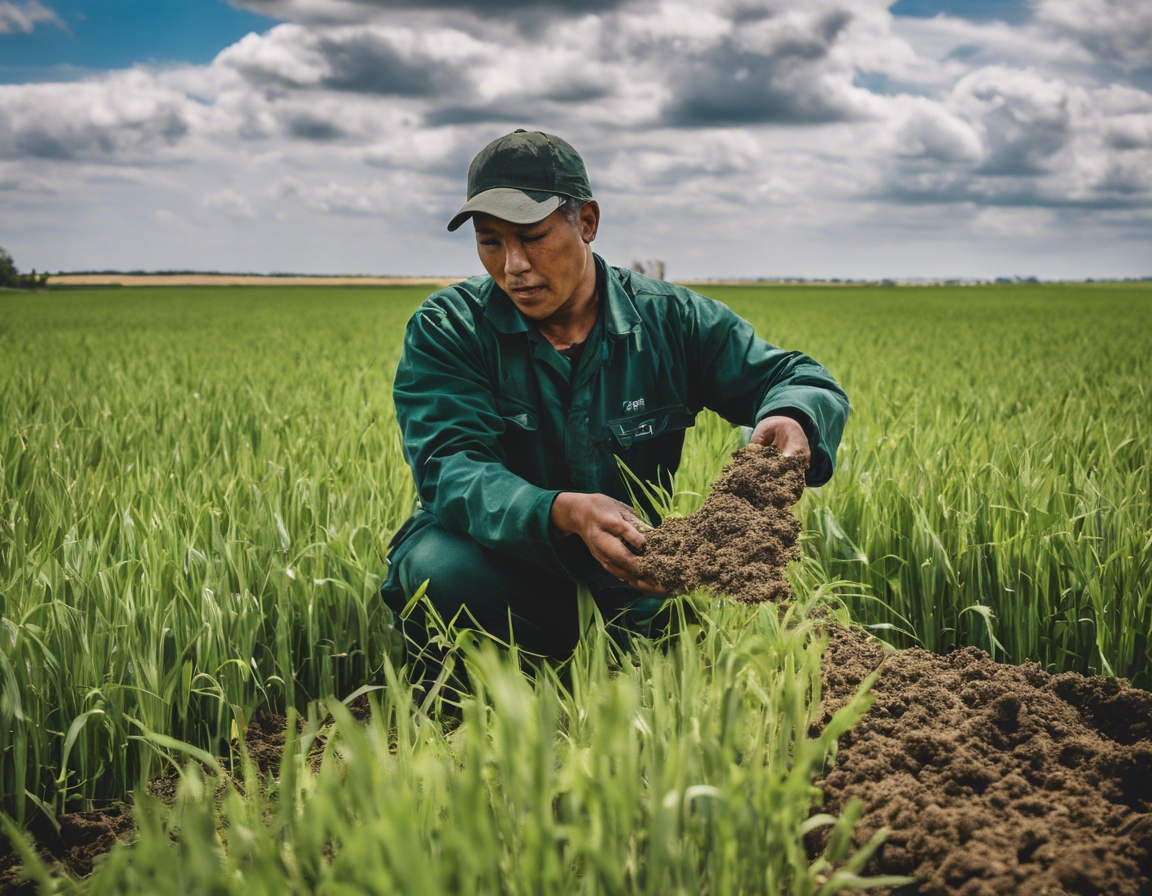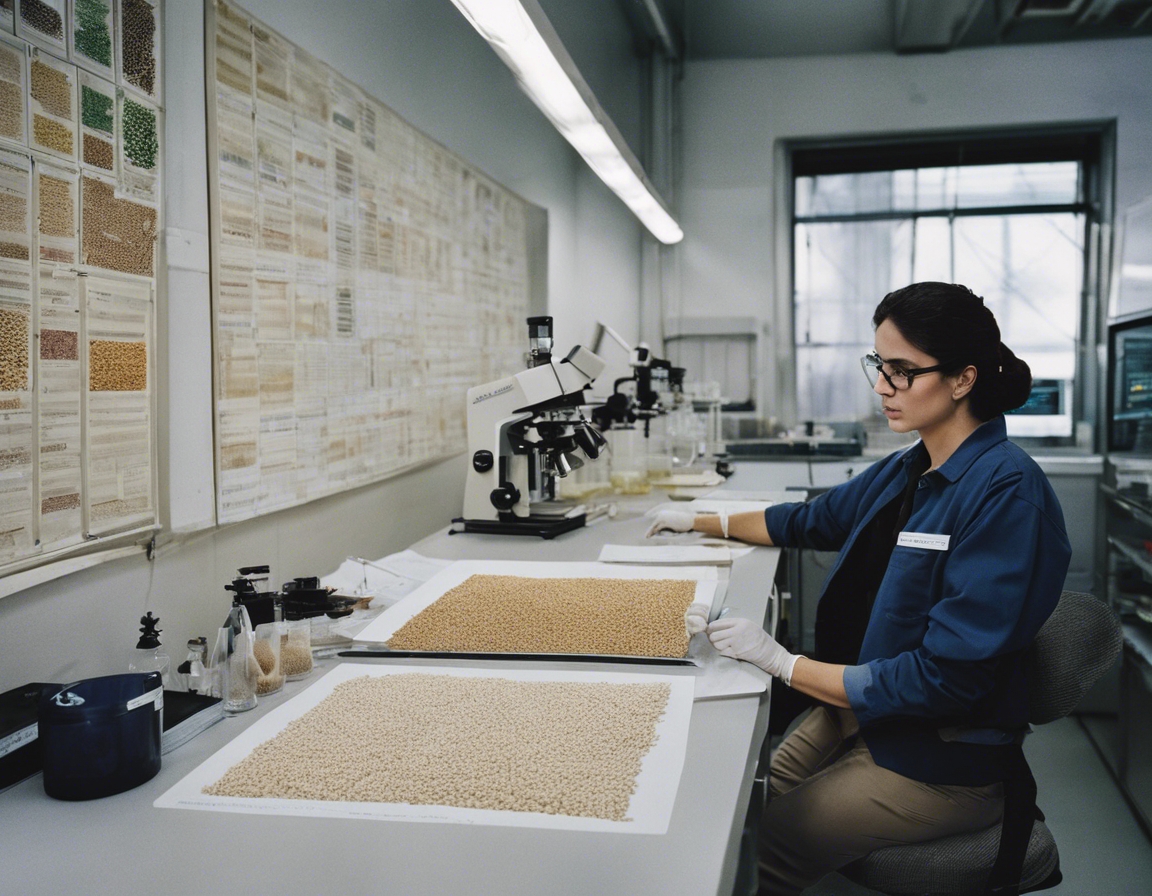How eco-friendly feed benefits your livestock
Eco-friendly feed refers to livestock feed that is produced in a way that minimizes environmental impact, supports animal health and welfare, and contributes to a sustainable agricultural system. The importance of eco-friendly feed lies in its ability to provide a responsible alternative to conventional feeds, which often involve practices that can be harmful to the environment, such as the use of pesticides, herbicides, and genetically modified organisms (GMOs).
The market for eco-friendly feed is growing as consumers become more aware of the environmental and health implications of their food choices. This shift in consumer behavior is driving demand for sustainably produced animal products, which in turn increases the need for eco-friendly feed options.
The Benefits of Eco-Friendly Feed for Livestock
Feeding livestock with eco-friendly feed can lead to better overall health. Such feeds are often richer in nutrients, free from harmful chemicals, and promote a more natural diet. This can result in stronger immune systems, lower disease rates, and better growth and development in animals.
Animals that consume eco-friendly feed typically produce higher quality products. For example, meat from grass-fed animals is often leaner and contains higher levels of beneficial fatty acids. Similarly, dairy products from animals fed with organic feed can have improved nutritional profiles.
By choosing eco-friendly feed, farmers can significantly reduce the carbon footprint of their operations. Sustainable feed production often involves practices that lower greenhouse gas emissions, conserve water, and reduce the reliance on fossil fuels.
While the initial cost of eco-friendly feed may be higher, the long-term economic benefits can be substantial. Healthier livestock can mean lower veterinary costs, and high-quality products can command premium prices in the market.
Types of Eco-Friendly Feed
Organic feeds are produced without synthetic fertilizers, pesticides, or GMOs. They are certified to meet strict regulations regarding production and handling, ensuring that they are truly eco-friendly.
Non-GMO feeds are made from ingredients that have not been genetically modified. This type of feed supports biodiversity and helps prevent potential health risks associated with GMOs.
Upcycled feed ingredients are innovative products that utilize food waste or by-products from other industries to create nutritious feed. This approach not only reduces waste but also creates a circular economy.
Implementing Eco-Friendly Feed in Your Farming Operation
To start the transition to eco-friendly feed, farmers should first assess their current feeding practices. This includes understanding the nutritional needs of their livestock and the environmental impact of their current feed sources.
Transitioning to eco-friendly feed requires careful planning and consideration of the specific needs of the livestock. Farmers may need to gradually introduce new feeds to allow animals to adjust and to monitor for any health or productivity changes.
It's crucial to maintain a balanced diet when switching to eco-friendly feed. This ensures that livestock receive all the necessary nutrients for optimal health and productivity.
After implementing eco-friendly feed, farmers should closely monitor their livestock for any changes in health, behavior, or productivity. Adjustments to the feeding regimen may be necessary to achieve the best results.






Comments (0)